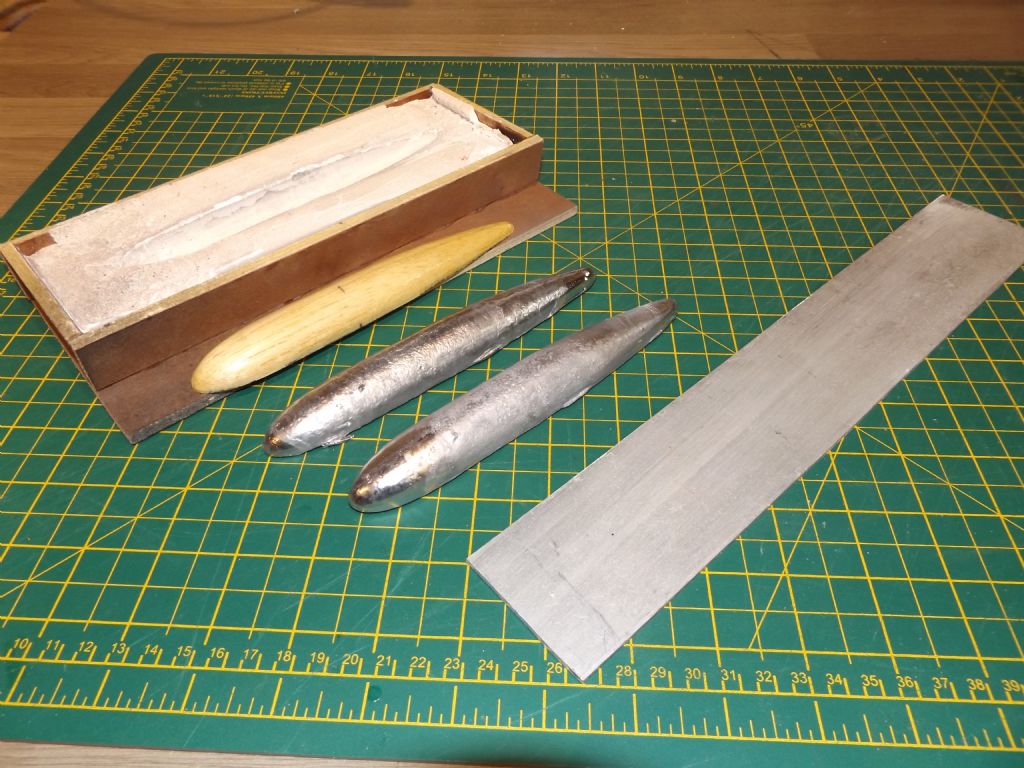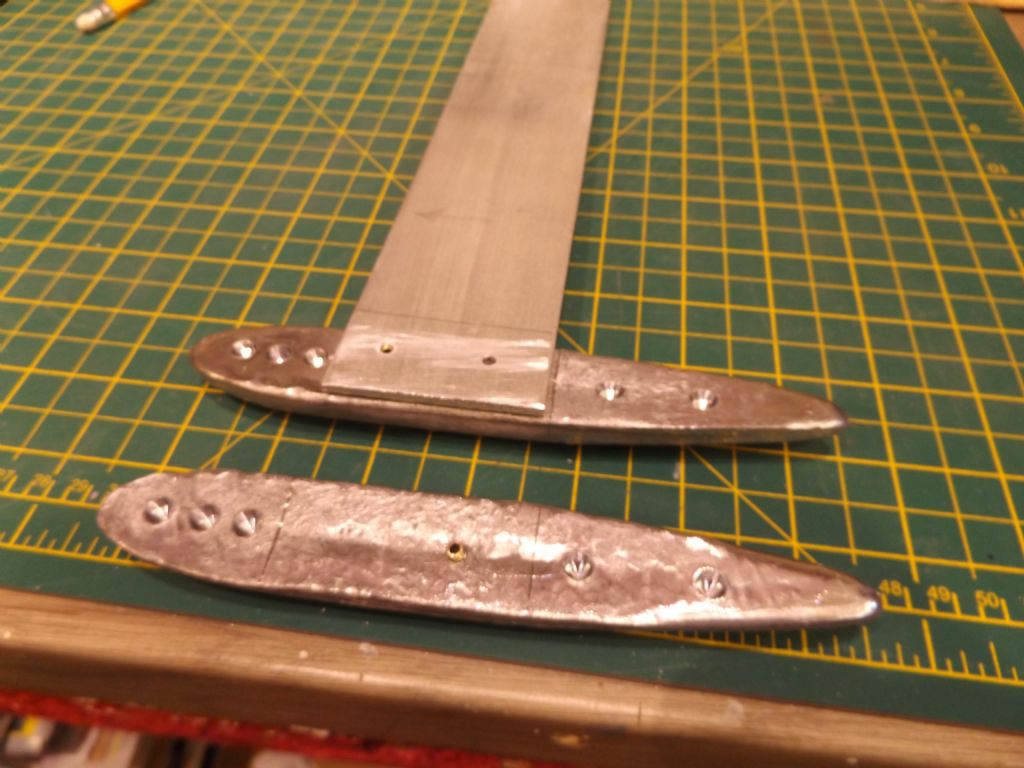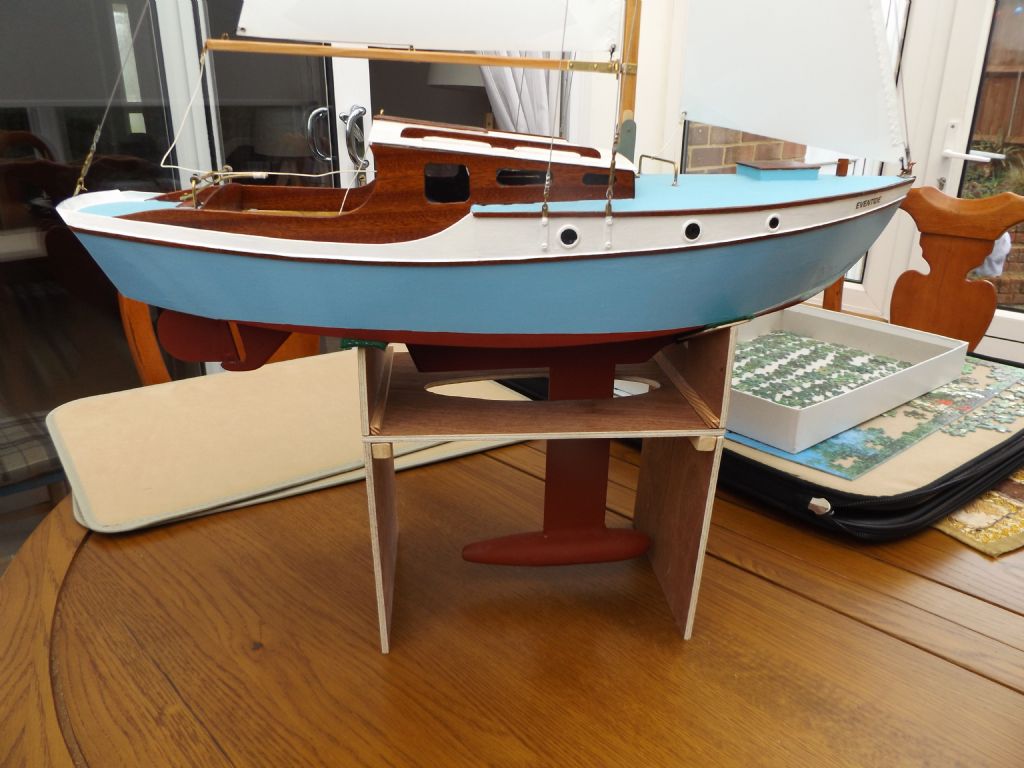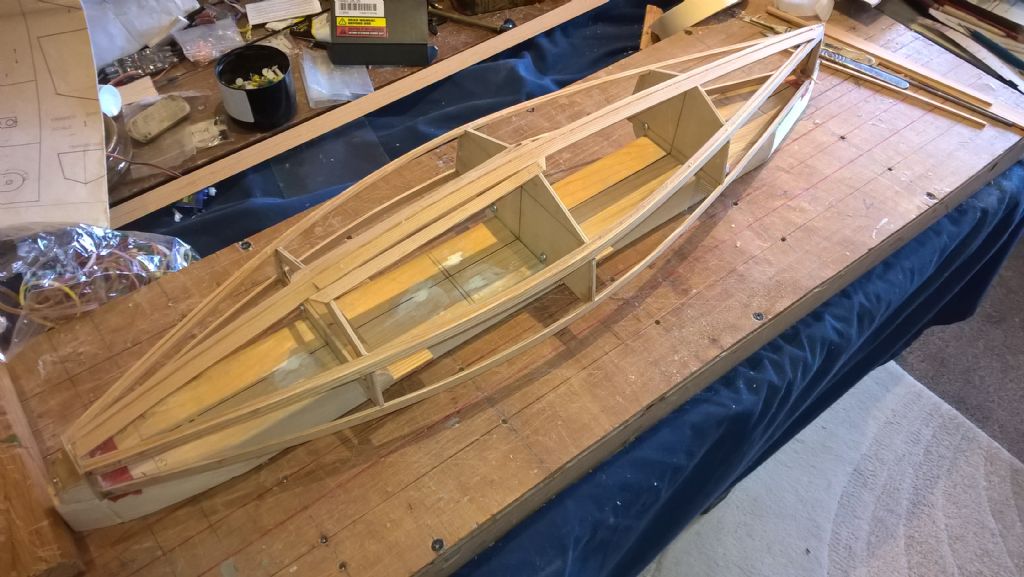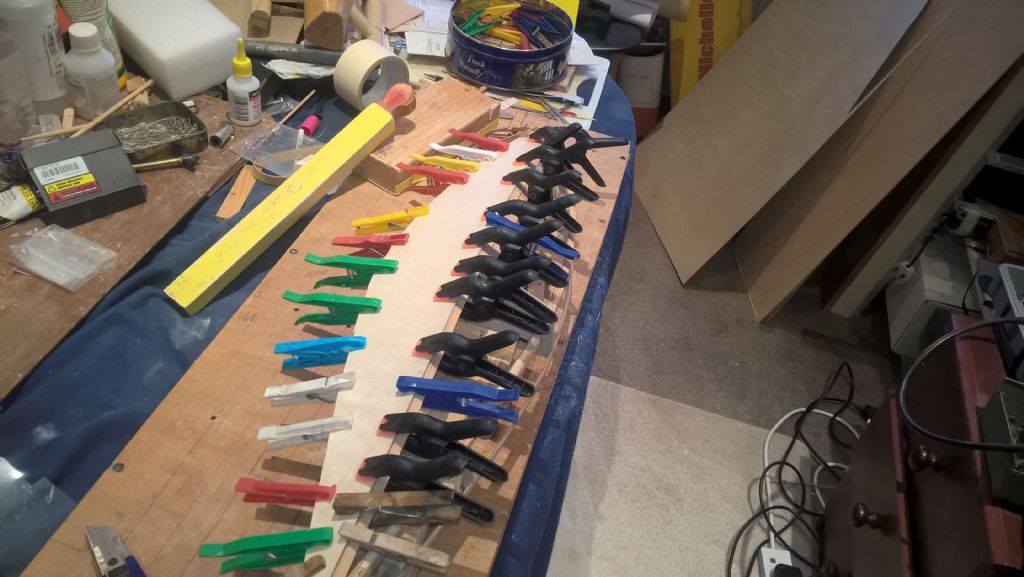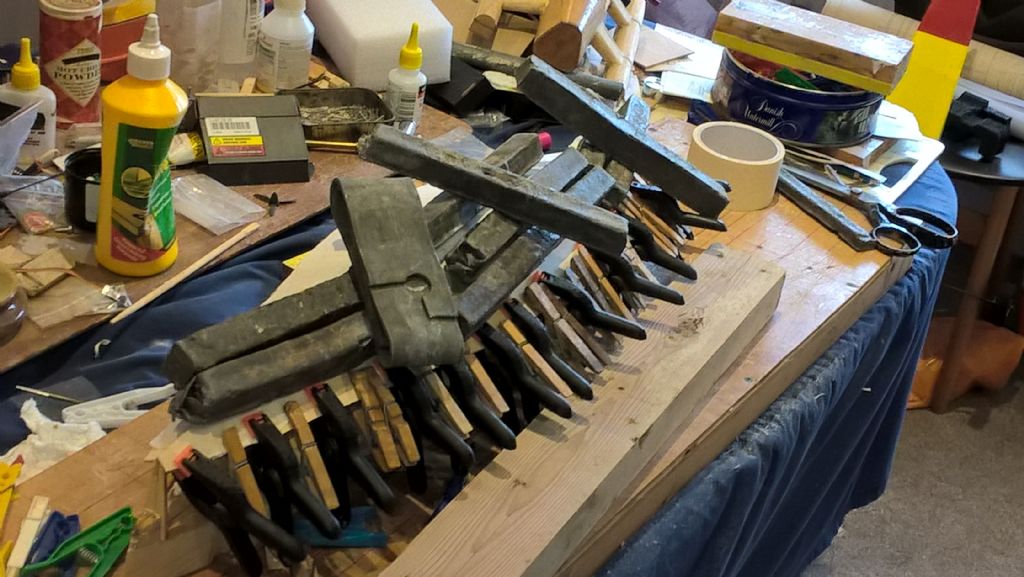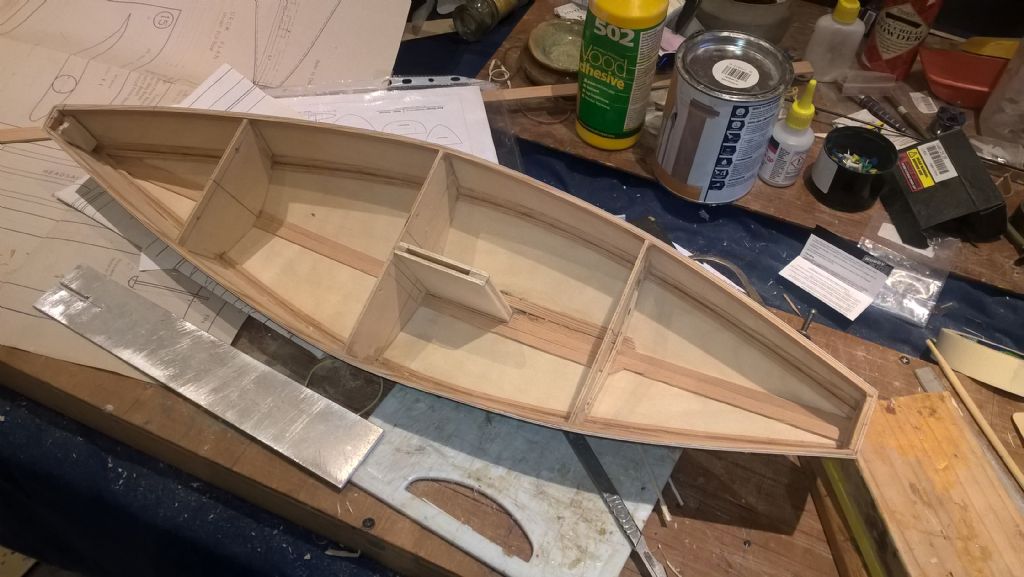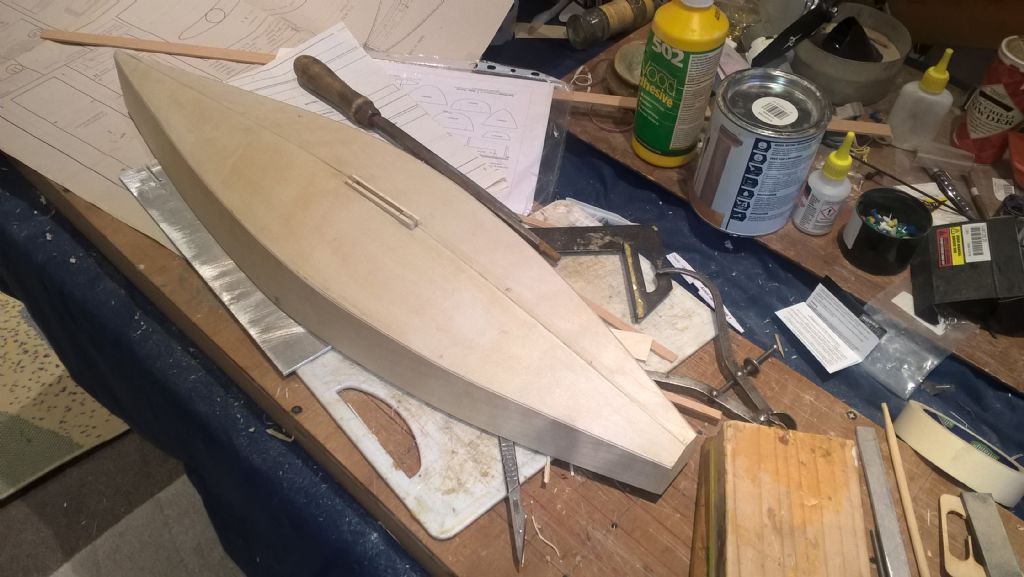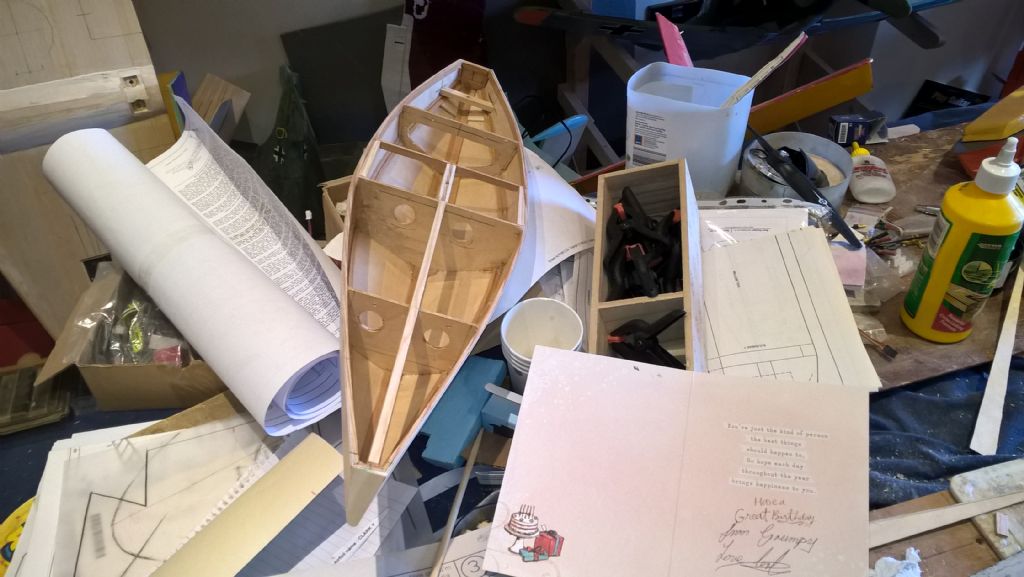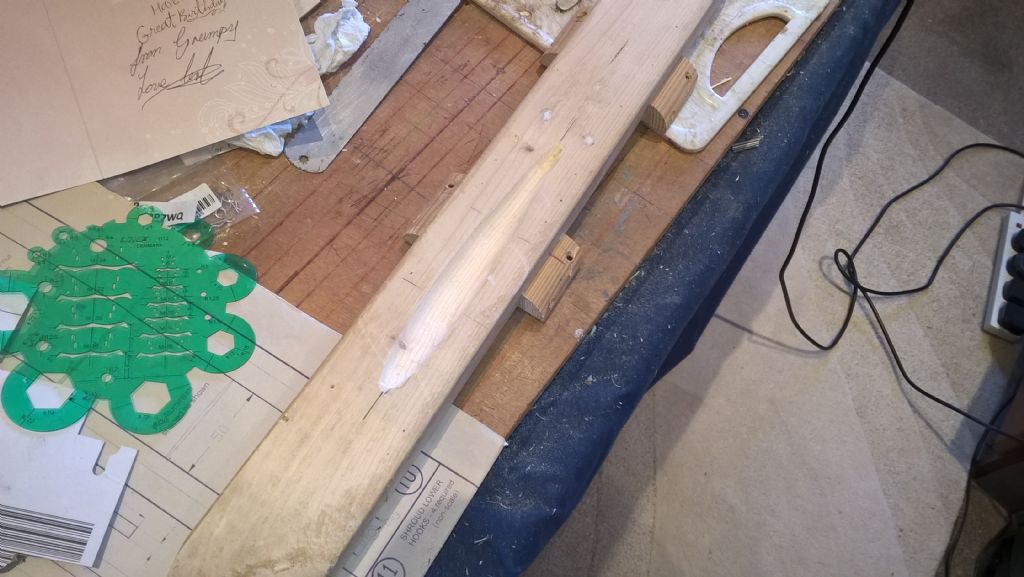A bit of "why".*
Balance is everything in a windy boat. The forces acting on the sails apply force towards the front and back depending on the relative areas, and where they are. Too much at the front, the centre of effort being the average of the sails, the boat goes downwind, too much at the back, it points into the wind like a weather cock, and sits there. Or goes backwards.
The boat tries to move in the direction that the difference in air pressure on the faces of the sails determines. Downwind, obvious. The sails just block the wind.
Across the wind, the sails are angled to cause airflow across themselves, which, if they have the right curve, causes a difference in air speed and therefore pressure between the two sides, and puts a force into the rig. Left to itself, the boat will go sideways, but having a shape underwater resisting the sideways motion, the boat goes forward. Just how much of the sideways force is translated into forward and not left to sideways motion (leeway) depends on how the boat is set up and whoever is driving.
Heading into wind, trigonometry says that up to a point, you still get the resulting forward motion, and you do. After getting to that point, typically 45 degrees off the wind, you get steadily less forward motion until the boat stalls.
Finless boats tend to be better at straight running and are reluctant to turn which makes tacking one across the wind a bit of an art. Boats with fins usually turn easily, and as long as they have got enough inertia, can get through the dead bit between not getting forward drive and having their sails presenting their other faces to the wind before coming to a stop.
Since every action has its corresponding reaction, the wind on the sails needs something the react to. This is provided by the hull in the water. This resists the sideways push. On a deep hulled boat with no fin but a long lengthways keel, the centre of this action is where it is according to the side area. On a shallow hulled boat with a long fin, the fin is the main component in deciding where the CLR is, and its position becomes critical.
*Probably true enough.


